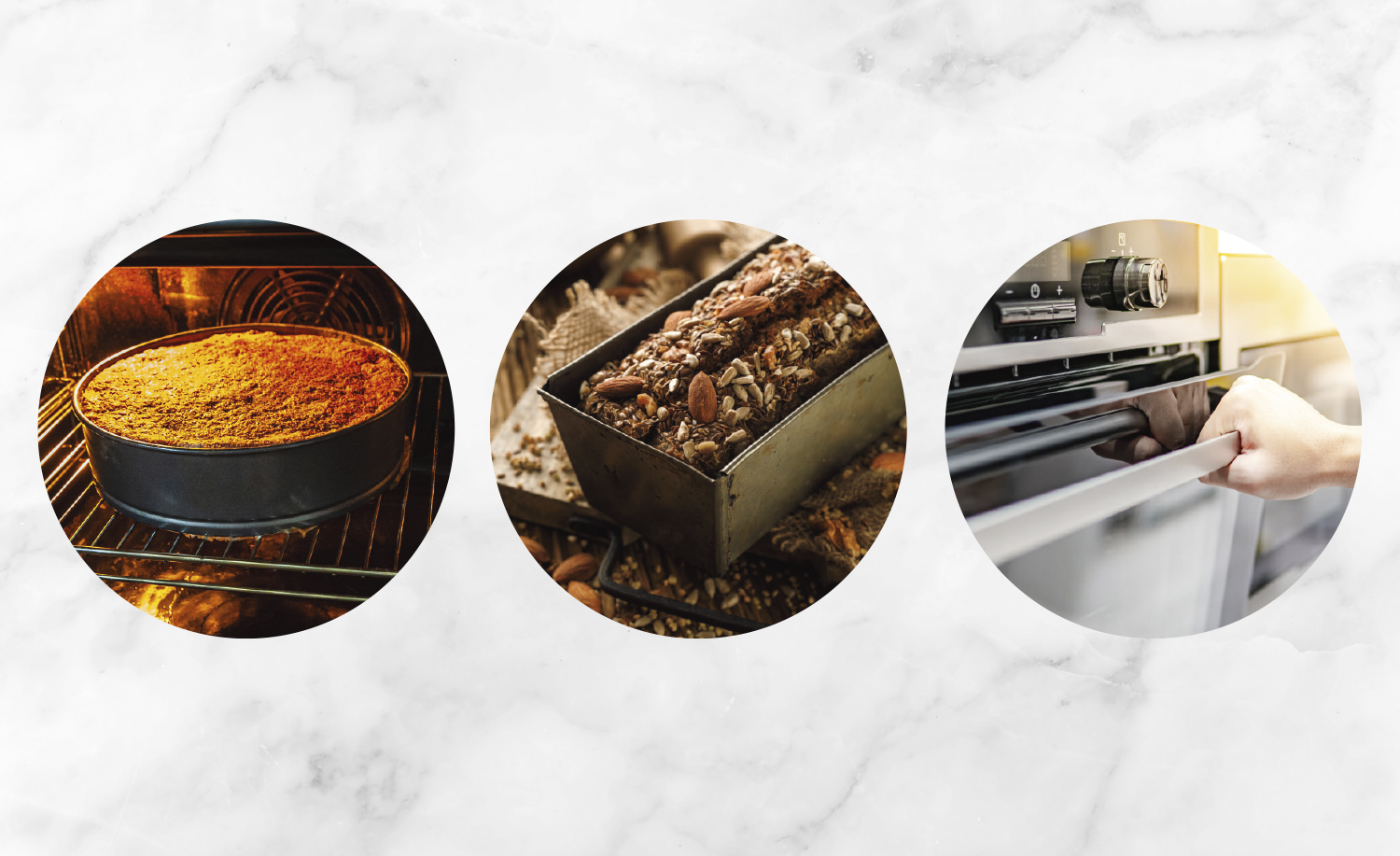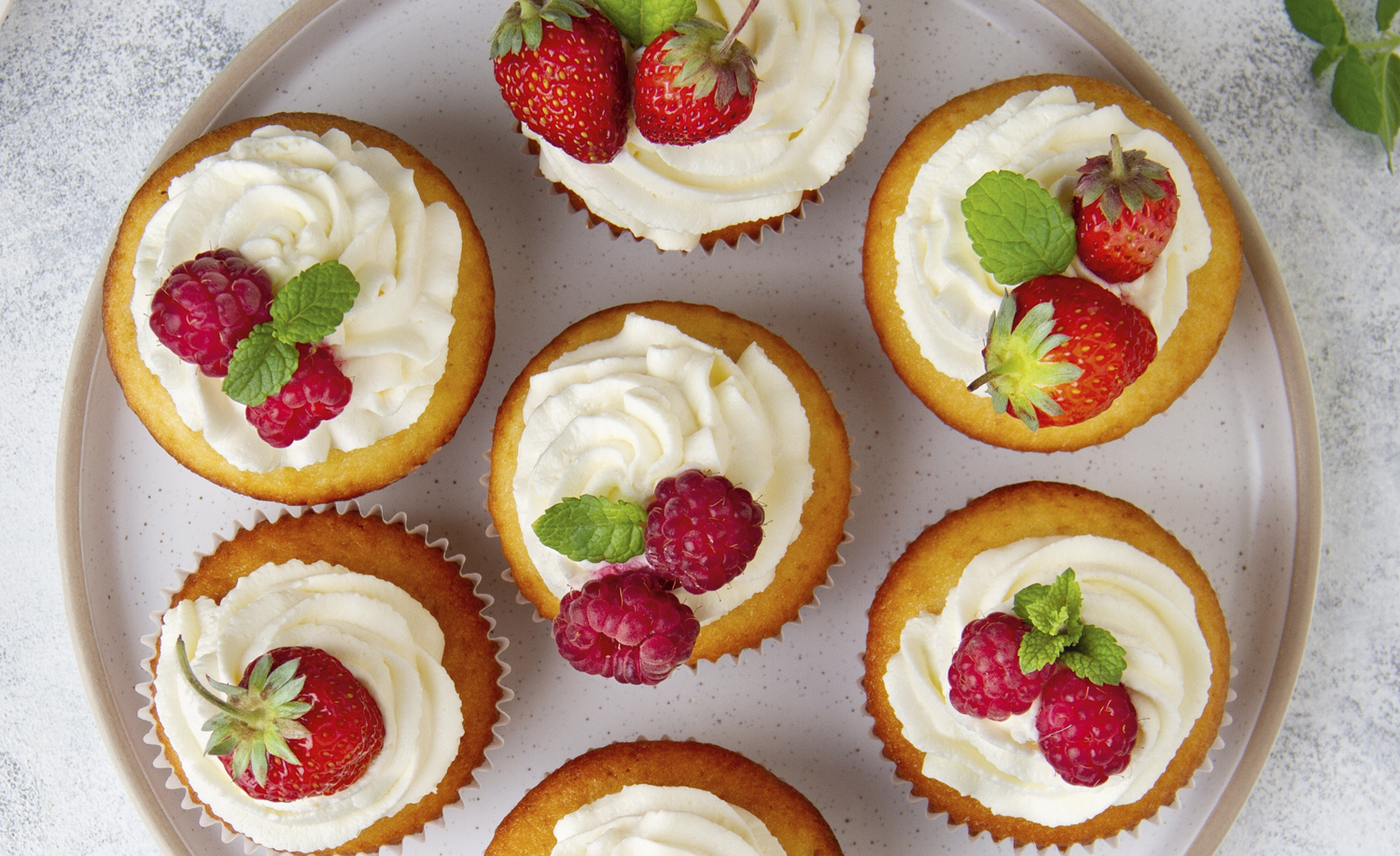The chocolate skills you need to know as a chef
We speak to an expert about the different types, how to temper chocolate and making the perfect ganache
Beth Stevenson is Recipe Creator and Stylist at Dr. Oetker. She’s worked there for nine years across innovation and development, recipe creation and testing.

Sponge sinks
This can be caused by opening the oven door too early as the gases that raising agents create escape. Resist that urge! Or it could be that there’s too much raising agent. Make sure you measure it properly.
Sponge doesn’t rise
This can happen when not enough raising agent is added or if the mixture hasn’t been put in the oven promptly. The raising agent starts working straight away so move quickly!
Cakey brownies
Cooking time is key. You want the brownie set around the edges but a bit wobbly in the middle. It will continue to cook once out of the oven. To get the nice papery top, whisk your eggs for up to five minutes to get a moussey texture.
Peaked sponge
A domed sponge is often caused by overmixing the flour. Fold it in by hand until just combined or you risk knocking the air out. If baking large quantities in a mixer, turn it down to slow when mixing in the flour.
Dense sponge
Avoid the all-in-one method. You
want to incorporate lots of air to
get a light texture, so beat the butter
and sugar really well until pale.
Hard cookies
To avoid biscuit-like cookies and get a soft texture, you need to slightly underbake them. You still want a golden colour but don’t wait until they’re hard as they firm up even more out of the oven.

““Baking is a science. You can experiment with flavours but the ratios and ingredients are there for a reason. You might struggle to get the results you’re looking for if you start swapping things out””

Temperature
Preheating your oven is key. Bakes don’t like changes in temperature so avoid opening the door before the time is up. Use a thermometer as ovens can be different and temperatures vary within the oven too.
Tins
If you have a tin that’s slightly smaller than it should be, cook for a bit longer at a slightly lower heat. For a slightly bigger tin, keep the temperature the same but cut the baking time. Look for conversion charts online to help.
Timings
Although every oven is different, a recipe’s timings will have been tested so make a good starting point. If you know your ovenruns hot, turn it down a littleor vice versa if it’s colder.
Big cakes
To give a sharp finish on a layer cake, do a crumb coat: this is where you layer and stack the sponges, then do a very thin coat of buttercream or ganache (this can be more stable in hot weather) all over. Place the cake in the fridge for around 30 minutes to firm up the icing. Then add your outer layer. This initial layer should help avoid those annoying crumbs that can appear!
To get smooth sides, use a cake scraper. Dip it
in boiling water, then dry and use immediately to smooth the icing. To get a sharp edge on the top
rim: once iced, let the cake set in the fridge for 30 minutes. Then heat the palette knife, and cut off
the top edges of buttercream to sharpen it up.
Cupcakes



Vegan
Gluten-free
Sign in to save topics you love, and build your archive of events, menus and articles.